Highly effective anti-dandruff and anti-itching agent | OCT Piroctone Olamine
2025
Is your scalp healthy?
Do you also have this trouble: Even if you wash your hair every day, dandruff is still like grayish-white "snowflakes", falling in large patches between your hair; with a little movement, it falls on your shoulders, which is especially embarrassing; over time, you will be labeled as "sloppy" or "unhygienic", affecting even your life and work...
Where does this annoying dandruff come from? How should we "eliminate" them? Today, let's talk about dandruff~
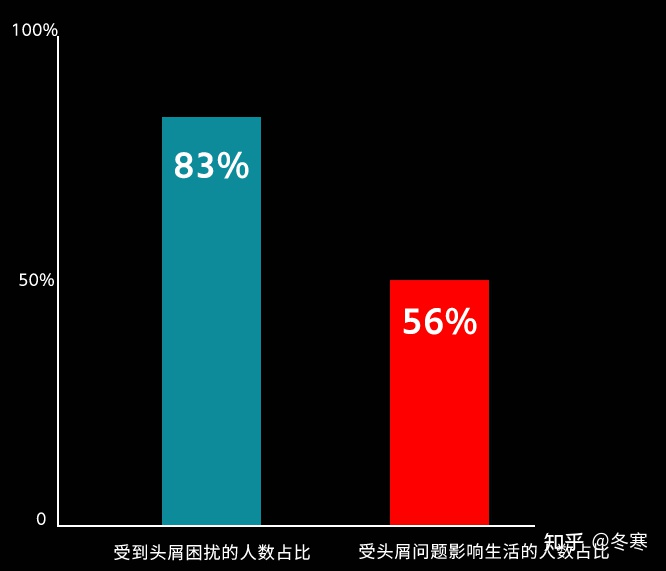
The "Survey Report on the Health Status of Chinese Residents' Scalp" released by the Working Committee of the China Health Association shows that among consumers aged 20-55 in China, 83% are suffering from dandruff to varying degrees, and 56% believe that dandruff problems have affected their normal work and life.
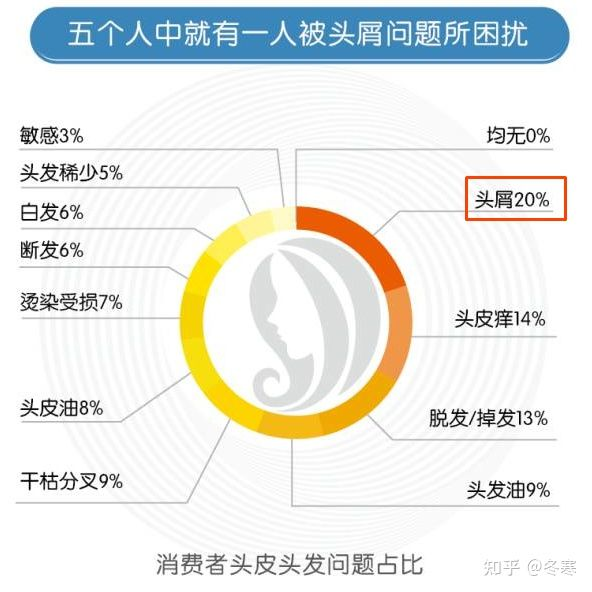
Data from the "White Paper on Sub-healthy Scalp of Chinese People" shows that more than 20% of consumers are troubled by dandruff problems.
As the standard for healthy scalp What are they?
Standard 1: Is the scalp oil secretion normal?
Insufficient secretion of scalp sebum will make the hair dry, frizzy, dull, and prone to breakage; excessive secretion will make the hair too oily, leading to easy breakage and hair loss.
Standard 2: Presence or absence of dandruff
The formation of dandruff is mainly related to the invasion of a fungus called Malassezia. Scalp oil is its source of nutrition. The decomposition of oil by fungi will produce a substance that stimulates the scalp and causes itching. When a large amount of dandruff appears, it means that your scalp is unhealthy.
Standard 3: Presence or absence of hair loss
Scalp health disorders can cause poor microvascular circulation in the scalp layer, hindering nutrient supply, causing hair follicle cells to gradually degenerate, age, and lose elasticity, weakening the hair's regenerative ability, making hair increasingly sparse and thinner, and eventually leading to hair loss.
What is dandruff? How to remove dandruff?
Dandruff is the stratum corneum shed from the scalp. Under normal circumstances, the shedding of corneocytes is very little and slow, and will not be clearly seen. However, under certain stimulation, a large number of immature corneocytes are produced and clumped together, forming a fluttering "snowflake" phenomenon, which is commonly known as dandruff.
In addition to pathological conditions such as scalp pityriasis, seborrheic dermatitis, and psoriasis, which cause excessive dandruff and itching, and require symptomatic treatment, under normal circumstances, the scalp stratum corneum will naturally metabolize and shed periodically, generally invisible to the naked eye, and frequent shampooing can solve the problem.
However, dandruff problems are not only caused by corneocytes, but also many microorganisms such as Malassezia. It feeds on oil, and under certain external stimuli, excessive oil secretion will lead to the rapid proliferation of fungi, disrupting the ecological balance of the scalp, and thus forming a large amount of dandruff.
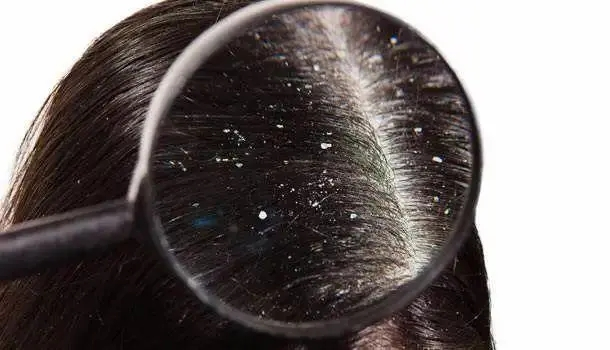
Two aspects affecting dandruff — Dry & Oily
Oily — In the areas where sebaceous glands are distributed, there is a yeast-like fungus that normally coexists peacefully with humans, but some people suddenly lose their resistance to this microorganism. Malassezia can cause excessive sebum secretion, producing scalp dandruff.
Solution: Oil control & sterilization
Dry — Seasons and climate affect sweating, leading to dry or moist skin. The scalp is like other parts of the skin. Excessive dryness will cause excessive shedding of the stratum corneum, causing skin itching and promoting increased scalp shedding.
Solution: Moisturizing
Dandruff caused by oil is fundamentally due to the proliferation of a special group of bacteria on the scalp.
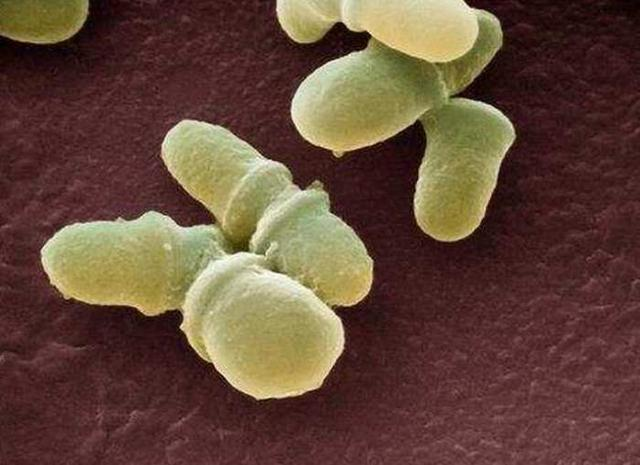
Proliferation of Malassezia globosa: This Malassezia is closely related to the production of dandruff. Normal people have this bacteria on their scalp, but under the influence of certain factors, the number of this bacteria will increase rapidly, leading to the production of dandruff.
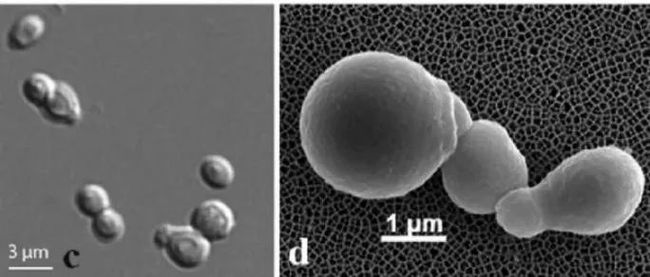
At the same time, several major inducing factors also accelerate the production of dandruff:
1. Eating too much greasy food, not exercising frequently, and reduced function of the intestines and stomach in decomposing oil, leading to excessive secretion of scalp oil, and the remaining oil cannot be cleaned during washing.
2. Using too much or using degreasing shampoos, causing excessive cleaning of the scalp, causing the scalp to have a stress response and secrete more oil. Or an allergic reaction to hair care products, the scalp is damaged, and dandruff will also come out to defend the health of the scalp.
3. When washing your hair, the water is too hot, which will stimulate the secretion of scalp oil and make the hair oilier; the water temperature is too cold, the pores contract, and the dirt in the hair cannot be cleaned, leading to clogged pores and residual oil.
About anti-dandruff agents Brief description
Anti-dandruff agents target "bacteria", mainly with bactericidal and bacteriostatic effects. Earlier anti-dandruff agents included sulfur, salicylic acid, and selenium sulfide.
Sulfur and salicylic acid have bactericidal effects, but are highly irritating and can easily damage the skin; anti-dandruff cosmetics with selenium sulfide as the main active ingredient are also highly irritating, making the hair coarse and rough after use, and having an unpleasant odor. Later anti-dandruff agents such as zinc pyrithione (ZPT), clotrimazole (Canesten), and octopirox (OCT) have been widely used in anti-dandruff products due to their good safety and anti-dandruff effects.
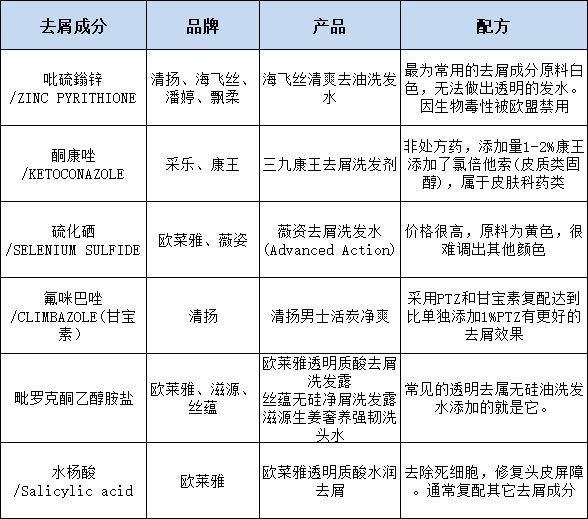
60-year-old anti-dandruff ingredient
ZPT banned by the EU
Starting March 1, 2022, Zinc pyrithione (ZPT), a common anti-dandruff agent in the hair care industry, was officially banned in EU cosmetics. Due to ZPT being classified as a Category 1B CMR substance (Carcinogenic, Mutagenic, or Reprotoxic substances; Category 1B indicates evidence of effects in animals but insufficient evidence in humans, potentially harmful to humans) and its negative impact on the environment, the European Commission updated the relevant regulations of the EU Cosmetics Regulation, explicitly adding ZPT to Annex II as a prohibited substance, effective March 1, 2022.
Although not yet officially banned in the Chinese market, the "EU ban on ZPT" will inevitably affect the reduction or even abandonment of ZPT by domestic and international brands, leading to a major shift in the domestic hair care market.
OCT
OCT as a market-leading replacement for ZPT
Octopirox (OCT) has been used internationally for over 30 years and is widely used in hair care products such as anti-dandruff shampoos, hair tonics, and conditioners. Experiments have shown that OCT has significant anti-dandruff properties, reducing dandruff by 81.7% after 6 weeks and 8 uses.
By killing bacteria and acting as an antioxidant, it fundamentally blocks external pathways of dandruff formation, effectively eliminating dandruff and itching, rather than temporarily eliminating dandruff through methods such as degreasing. (This is one reason why OCT's anti-dandruff and anti-itching performance is superior to similar products.)
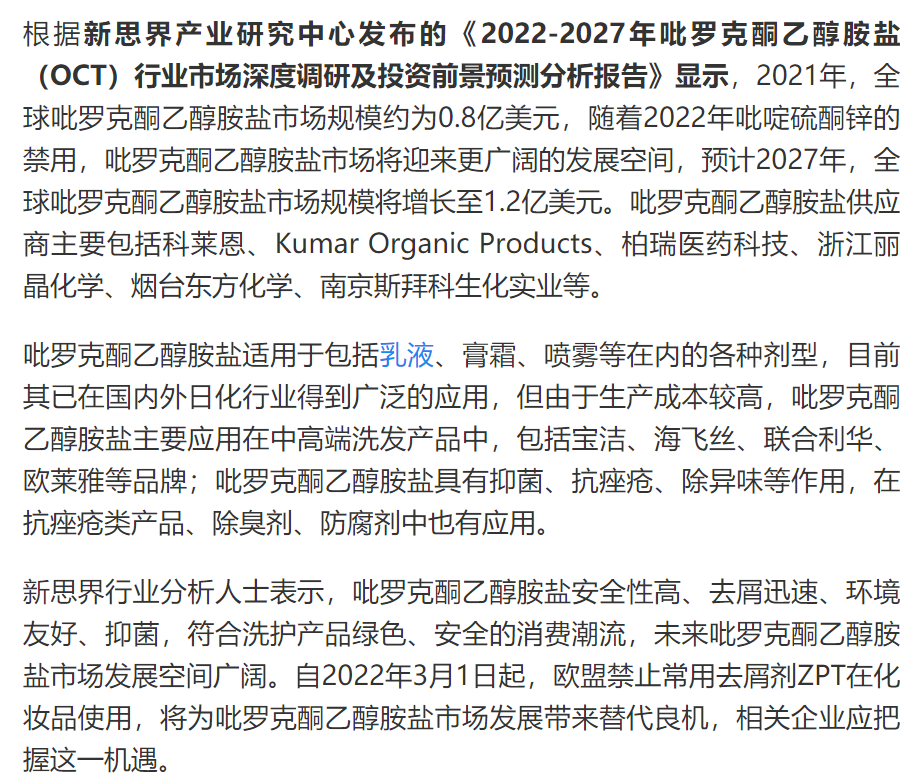
Compared with the commonly used anti-dandruff agent ZPT (zinc pyrithione), OCT has the same anti-dandruff effect as ZPT, and has excellent solubility and compatibility, and will not cause precipitation or stratification.
In addition, OCT has low biotoxicity and is environmentally friendly. With the EU classifying ZPT as a CMR 1B substance and prohibiting its use in cosmetics, OCT will gradually replace ZPT.
OCT
Octopirox
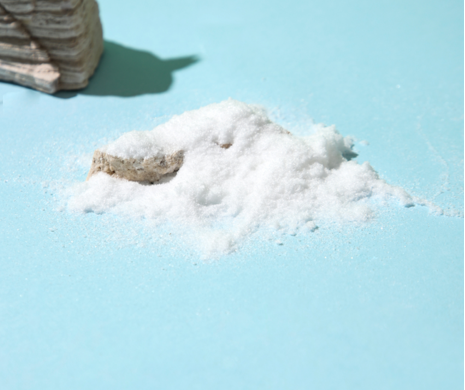
is a highly effective, non-toxic, and non-irritating anti-dandruff agent widely used in anti-dandruff shampoos, hair tonics, and conditioners, with 30 years of market application. It can fundamentally block external pathways of dandruff formation through bactericidal, antioxidant, and peroxide decomposition methods, effectively eliminating dandruff and itching.
01、 Anti-dandruff: Effectively inhibits Malassezia, removes dandruff and itching, and soothes scalp inflammation.
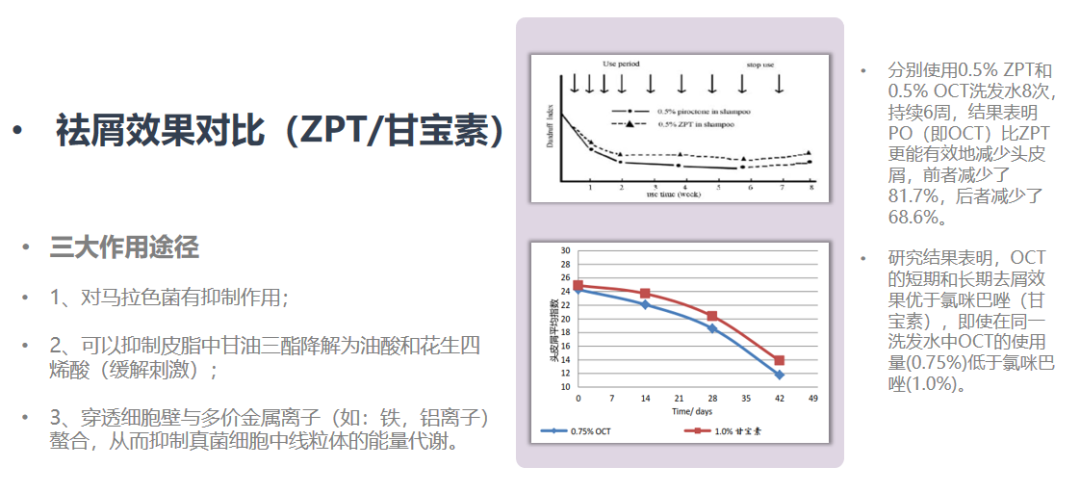
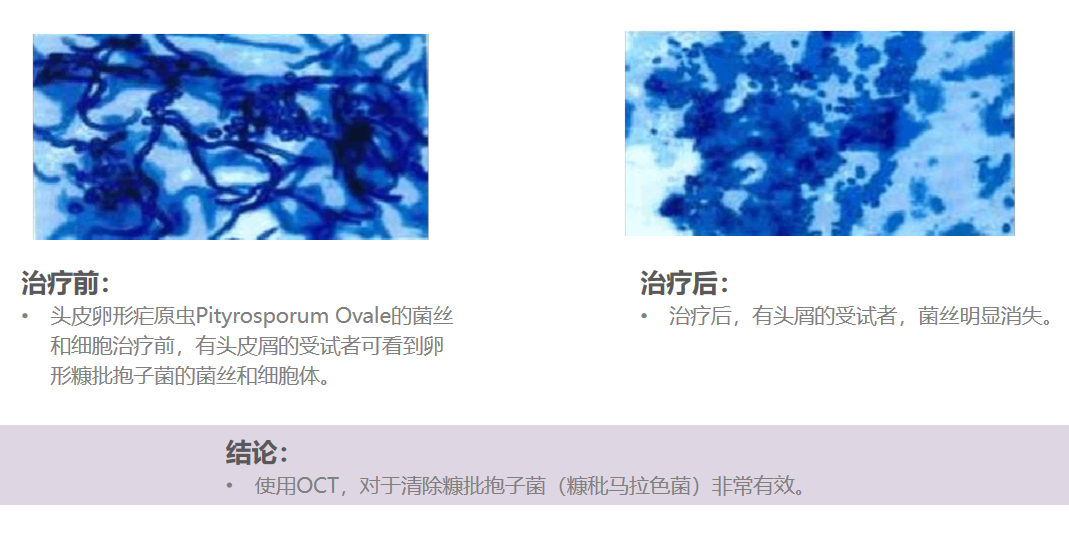
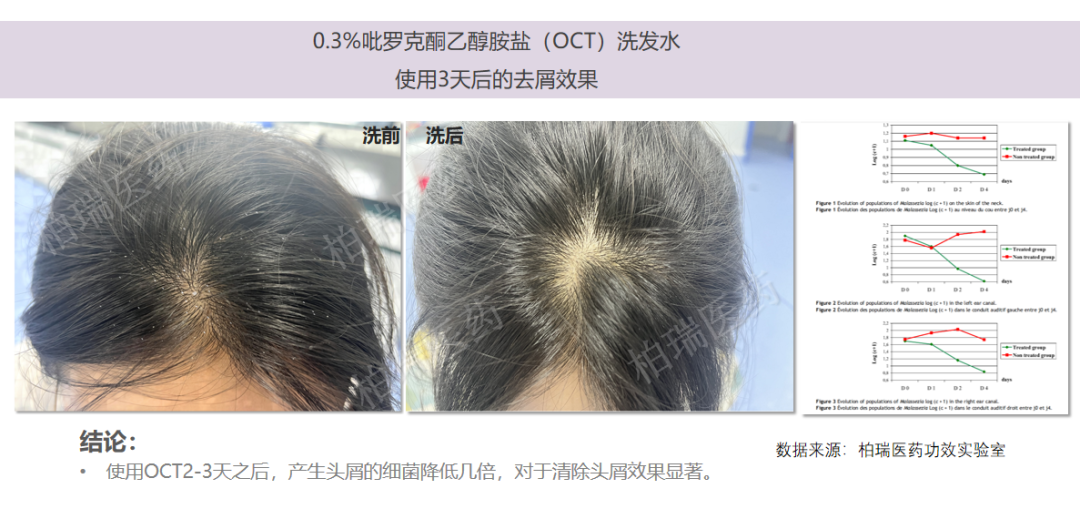
In addition to anti-dandruff and anti-itching effects, OCT also has the following functions:
02、Anti-acne: Can reduce skin sebum secretion, suitable for oily scalp and skin, and has a relieving effect on acne-prone skin.
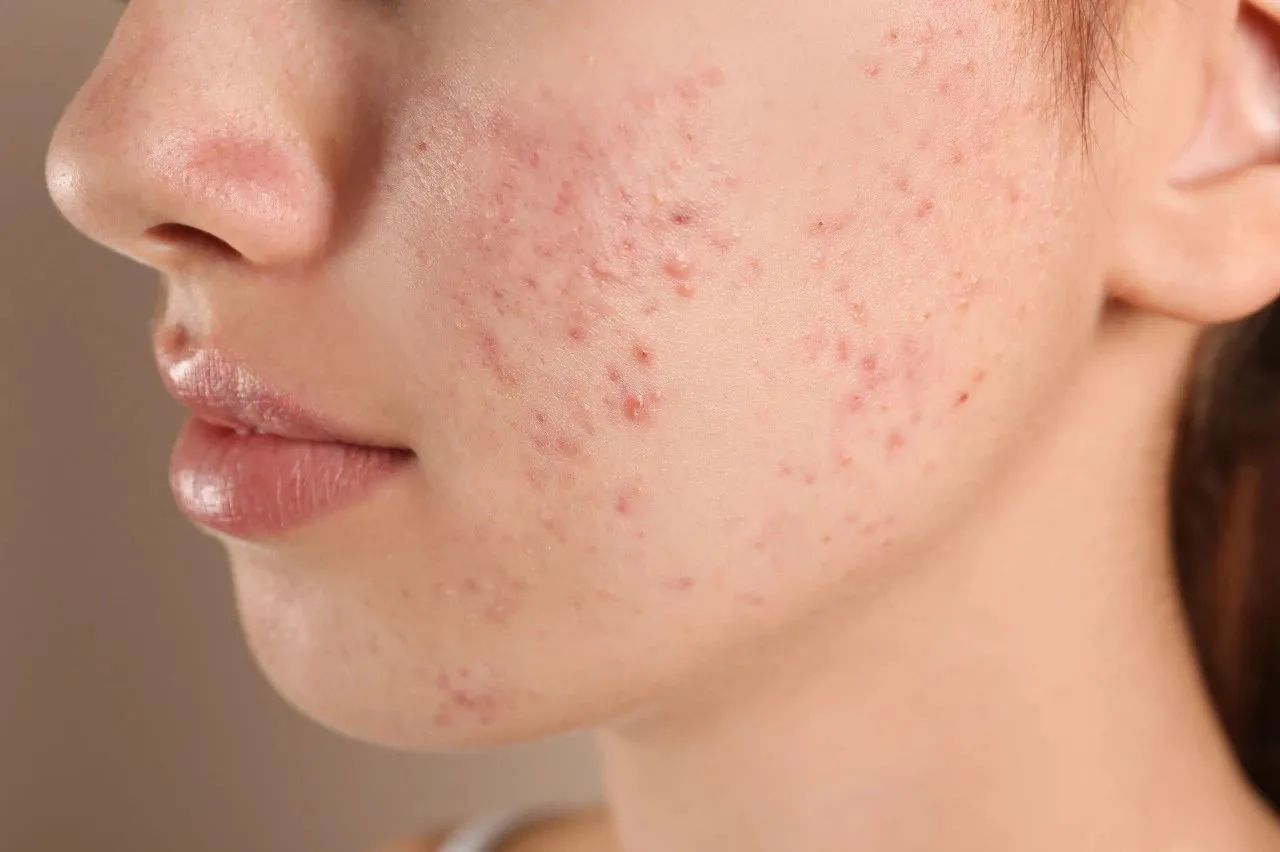
03、 Deodorizing: Helps to remove unpleasant odors caused by bacterial growth, suitable for oral and pet formulations.
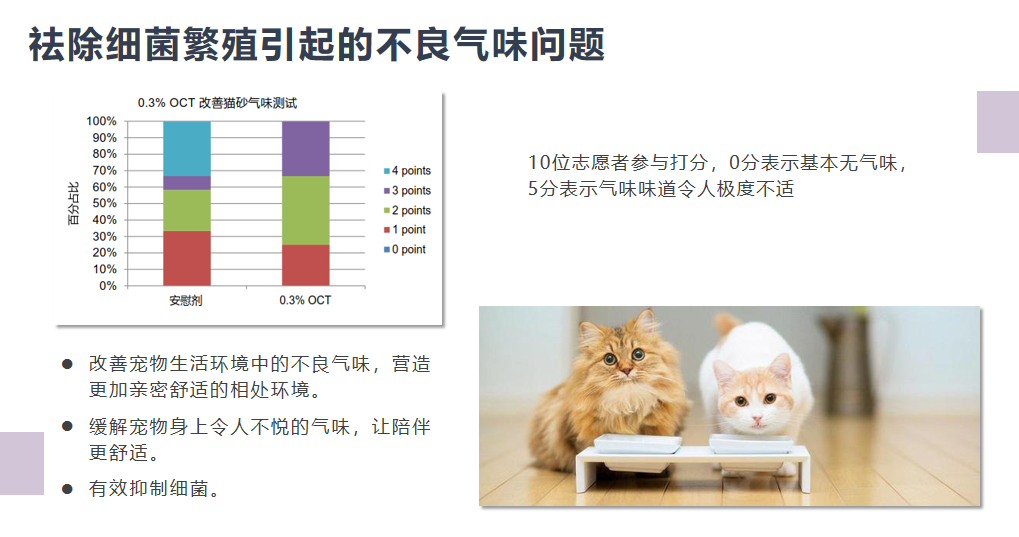
04、Preservative: Has a very broad-spectrum antibacterial and bactericidal performance, and when combined with other preservatives, it has a synergistic antibacterial effect, improves solubility, and is easy to operate.
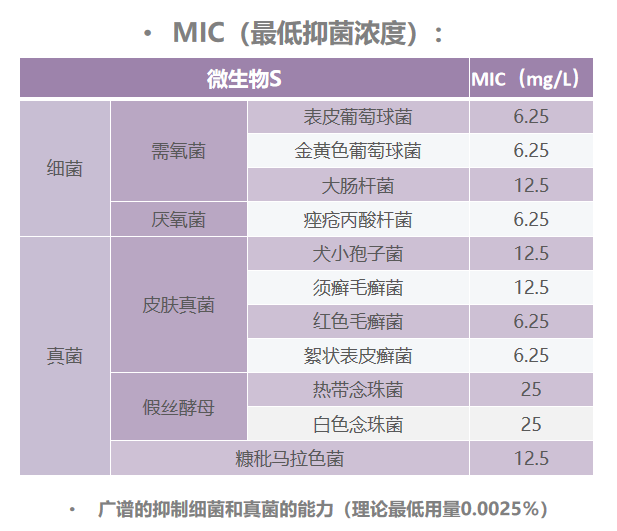
05、 Thickening: Suitable for transparent formulations, no suspending agents are needed; it can also act as a thickener in sulfate formulations.
Third-party certification: SGS certification
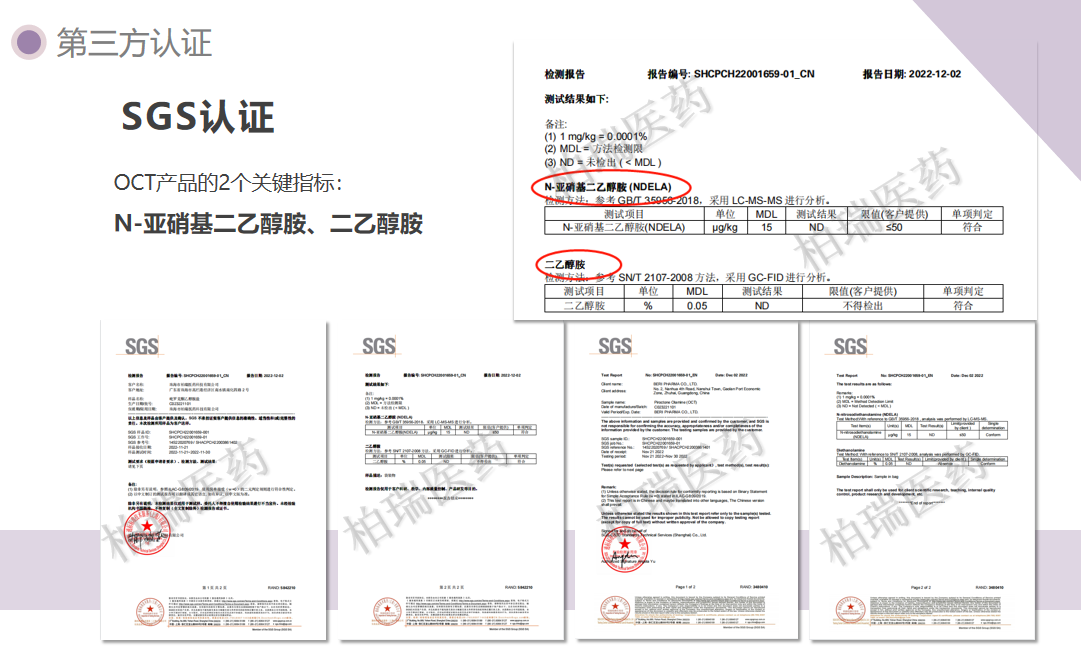
Our company commissioned SGS to conduct third-party testing on key indicators of OCT: N-nitrosodiethanolamine and diethanolamine, The results showed "not detected" 。
OCT is widely used in hair care products, such as shampoos and conditioners from brands like Procter & Gamble, Unilever, L'Oréal, Ziyuan, Adolf, and Ba Wang, which all add OCT as an anti-dandruff agent.
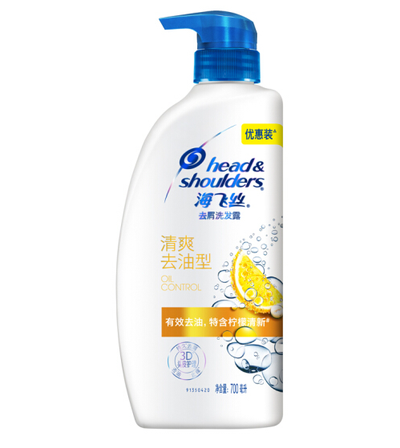
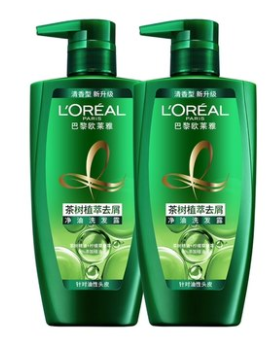
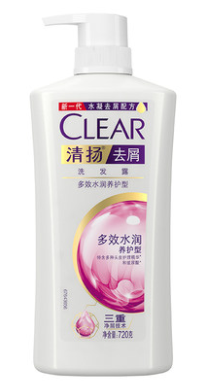
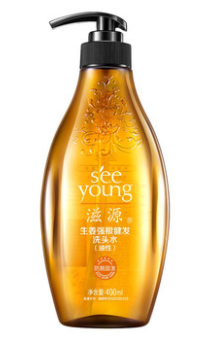
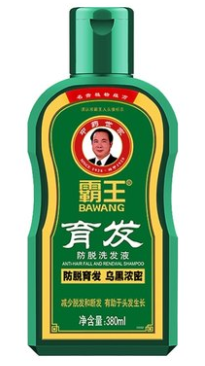
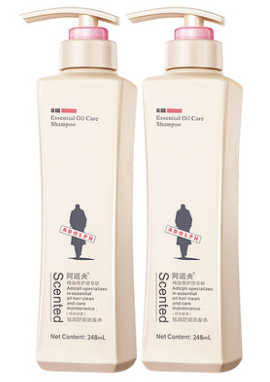
Finally: Some tips to defeat "dandruff"
1. Correct hair washing
Everyone has a certain amount of dandruff on their head, but the quantity varies. This dandruff may be normally secreted sebum or residue of shampoo on the hair. If the dandruff symptoms are mild, no special treatment is generally needed. However, if the dandruff is very severe, a special anti-dandruff shampoo should be used. Try not to increase the frequency of washing your hair blindly because of increased dandruff, nor should you blindly use anti-dandruff drugs.
2. Pay more attention to diet
If dandruff increases recently, reflect on whether your diet has been too indulgent lately, eating too much spicy and irritating food. To improve the condition of increased dandruff, you should consume more alkaline foods, such as seaweed, milk, vegetables, and fruits. Temporarily stay away from spicy, irritating, and greasy foods to avoid irritating the scalp and causing more dandruff.
3. Frequent scalp massage
If there is too much dandruff on the head, scalp massage can also be used to alleviate this symptom. Because frequent scalp massage accelerates scalp blood circulation and metabolism, it allows for smooth progress. Scalp massage also makes the hair follicles, sebaceous glands, etc., function more normally. Because if the hair follicles are blocked, dandruff is very easy to produce, and it will also cause acne on the scalp.
4. Relieve stress
Increased stress is often a major cause of dandruff, which is why students facing exams often experience excessive dandruff. To improve this condition or prevent dandruff, it's crucial to learn how to manage stress, release negative emotions, and relax.
Today's discussion focuses on dandruff caused by Malassezia globosa, which is only one of the causes of dandruff. Dandruff is a very annoying problem; scratching the scalp feels like it's snowing, and dandruff falling on the collar greatly affects one's appearance.
To solve this problem, you must first determine the cause of the dandruff and then take appropriate measures. Otherwise, you will be working at cross-purposes, and the problem will not be fundamentally resolved.

Welcome to follow our company's WeChat official account to learn more about the latest product information!
More Explore






